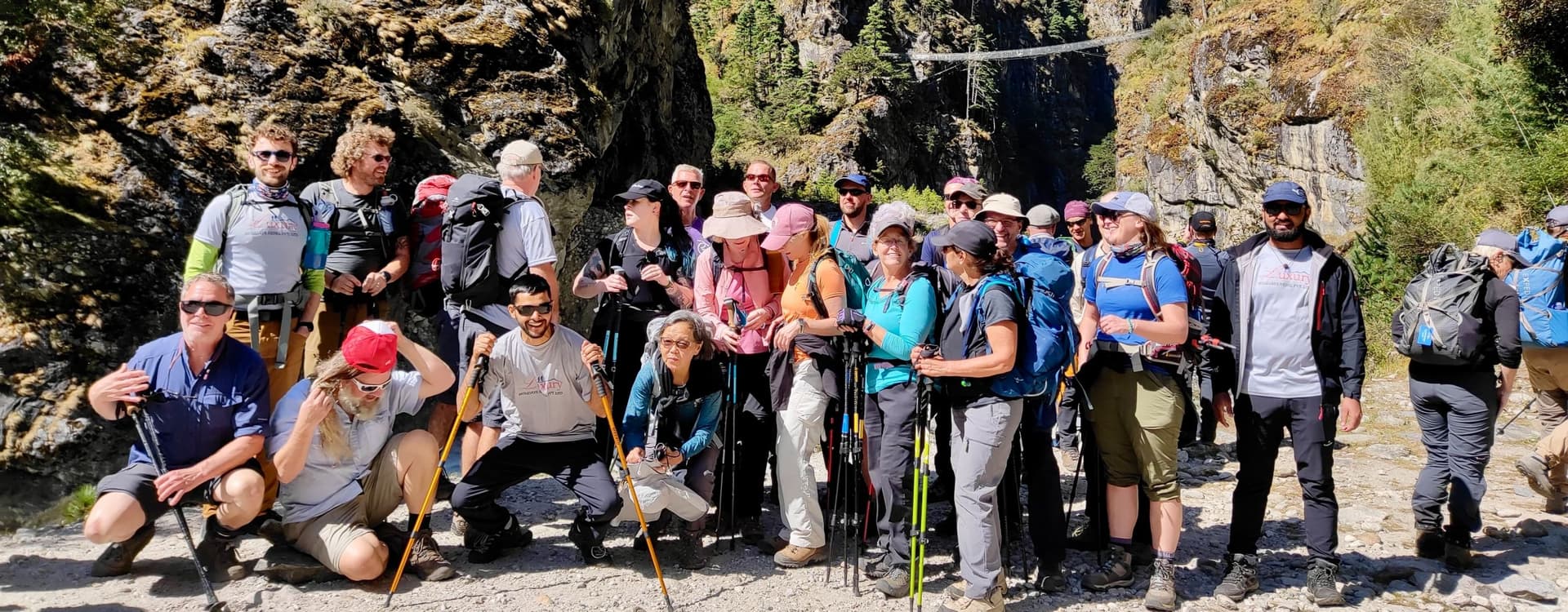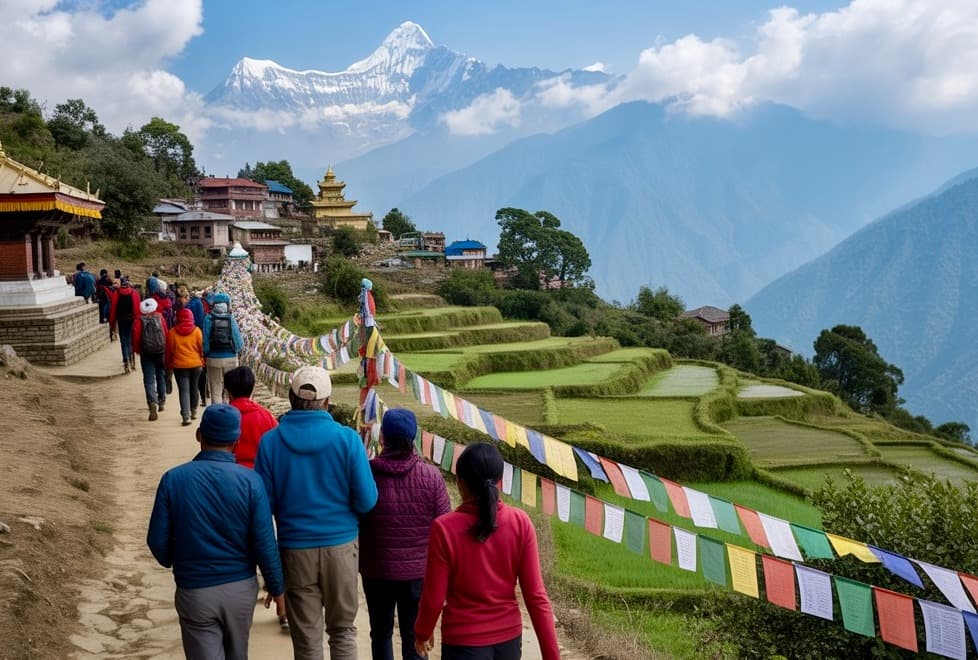Ever stood at the crossroads between Nepal's ancient cities and its legendary Himalayan trails, unable to choose which experience deserves your precious vacation days? You're not alone.
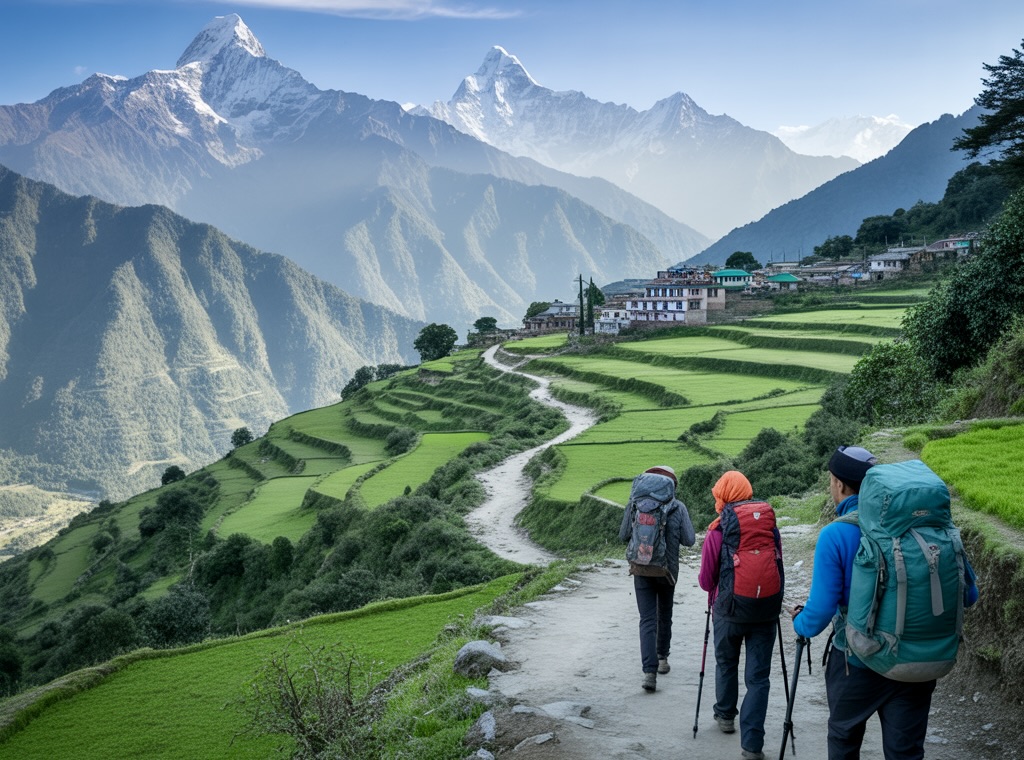
Most travelers come to Nepal thinking they must either commit to weeks of trekking or settle for urban exploration. They couldn't be more wrong.
Nepal's best itineraries combining cities and short treks offer the perfect balance – cultural immersion in vibrant cities like Kathmandu and Pokhara paired with accessible mountain adventures that don't require Olympic-level fitness or endless vacation time.
In just 7-10 days, you can wander through UNESCO World Heritage sites, sleep in teahouses with breathtaking mountain views, and still have stories that rival those of hardcore trekkers.
But which combinations actually work without feeling rushed? The secret lies in these five perfectly balanced itineraries...
Top Short Treks in Nepal (3-10 Days)
Ghorepani Poon Hill Trek (3-6 days)
Want to witness the most jaw-dropping sunrise of your life without committing to weeks of trekking? The Ghorepani Poon Hill trek delivers exactly that. This short adventure takes you through charming Gurung villages, rhododendron forests that burst into crimson blooms in spring, and ultimately to Poon Hill (3,210m) where the panoramic views of Annapurna and Dhaulagiri ranges will leave you speechless.
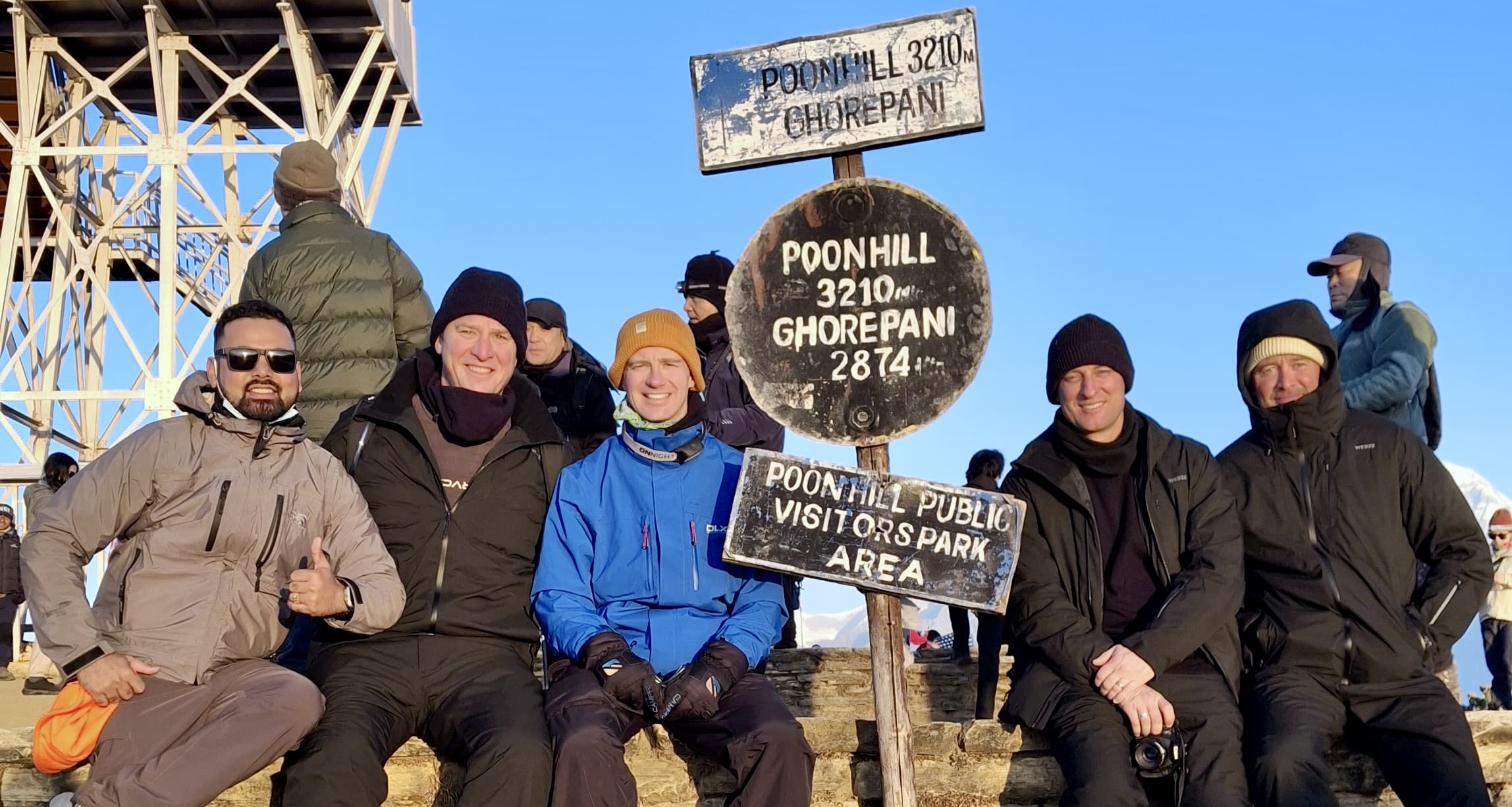
Most trekkers start from Nayapul, just an hour's drive from Pokhara. The trail is well-developed with comfortable teahouses along the way. The famous sunrise view from Poon Hill is worth the 5 AM wake-up call – trust me on this one.
Mardi Himal Trek (5-7 days)
The Mardi Himal trek is the hidden gem of the Annapurna region. While thousands flock to ABC and Poon Hill, this trail remains relatively quiet, which is crazy considering the views you get.
Starting from Kande or Phedi near Pokhara, you'll climb through magical forests before emerging above the treeline where the landscape opens dramatically. The highlight? Standing at Mardi Himal Base Camp (4,500m) with the massive south face of Mardi Himal and Machapuchare (Fishtail) towering directly in front of you.
What makes this trek special is how it packs high-altitude mountain experiences into just a week, with each day's scenery completely different from the last.
Everest View Trek (5-7 days)
Who says you need weeks to see Everest? This cleverly designed short trek flies you into the famous Lukla airport (an adventure itself) and takes you up to Namche Bazaar and surrounding viewpoints.
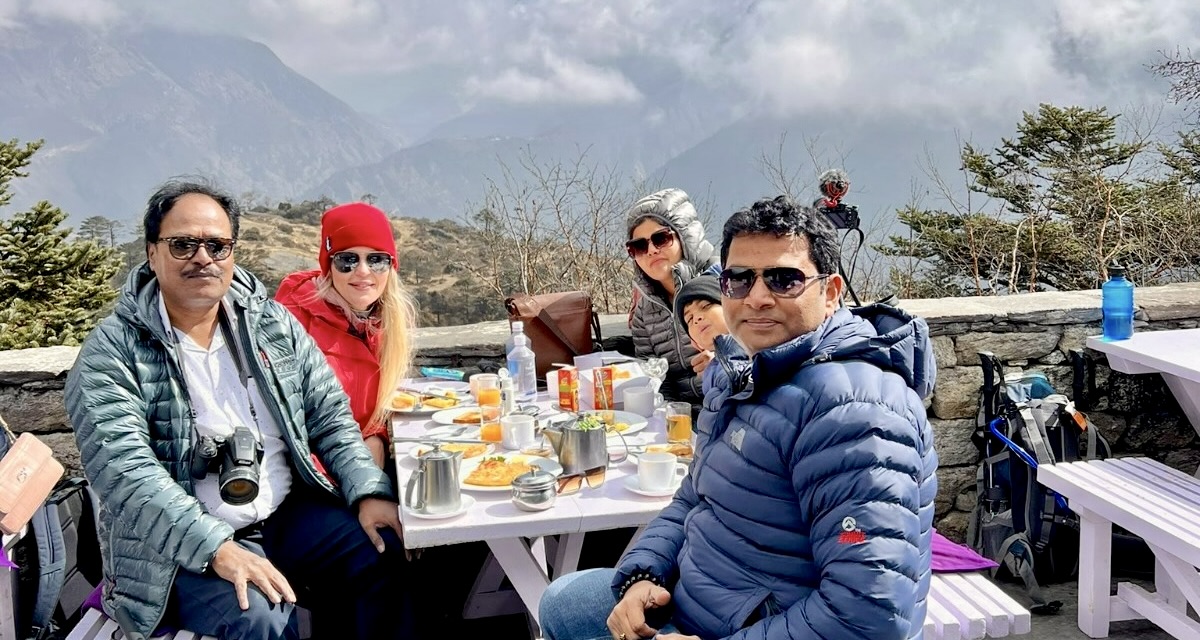
From places like Hotel Everest View or Tengboche Monastery, you'll get those classic postcard shots of Everest, Lhotse, and Ama Dablam without the lengthy trek to Base Camp.
The cultural immersion in Sherpa villages along the way adds depth to your journey. You'll see colorful prayer flags fluttering against mountain backdrops and maybe catch monks performing rituals if you time your visit right.
Langtang Valley Trek (6-8 days)
The Langtang Valley trek starts just a 7-hour drive from Kathmandu but feels worlds away. This valley was heavily impacted by the 2015 earthquake but has rebuilt with remarkable resilience.
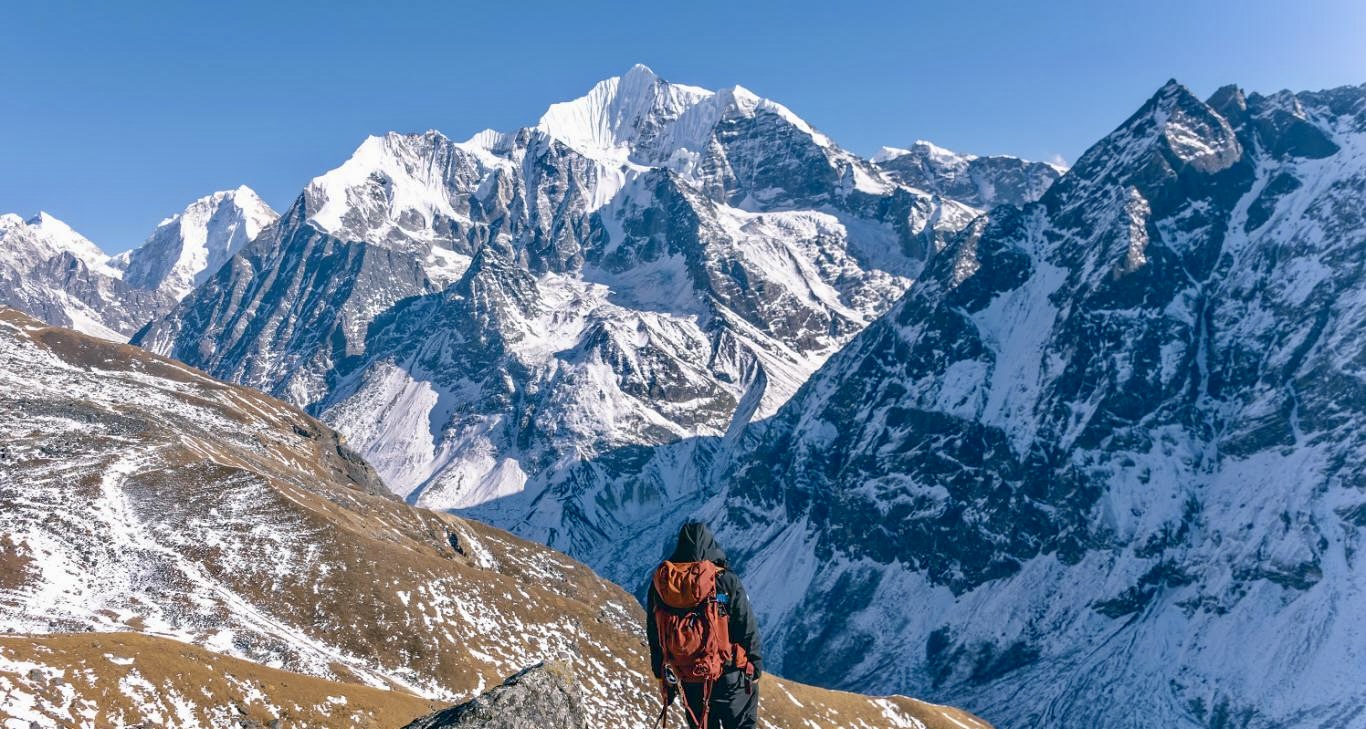
The trail follows the Langtang River up through forests into a dramatic U-shaped valley. As you climb higher, the landscape transforms into yak pastures and traditional Tamang villages. At Kyanjin Gompa (3,870m), you're surrounded by snow-capped peaks, with optional day hikes to viewpoints like Tserko Ri (4,984m) for the ambitious.
What's special about Langtang is how quickly you reach high mountain environments – you're walking amid 7,000m peaks just a few days from Kathmandu.
Annapurna Base Camp Short Trek (5-7 days)
The shortcut to the heart of the Annapurnas? Fly to Pokhara, drive to Nayapul, and take the direct route up to the stunning amphitheater that is Annapurna Base Camp (4,130m).
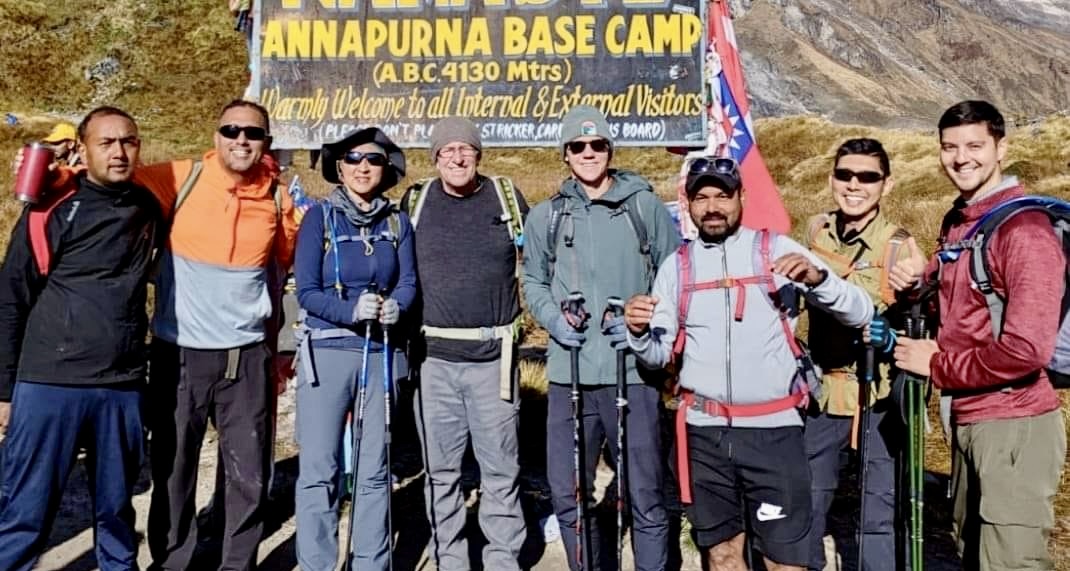
What makes this condensed version special is how quickly the landscape changes. One day you're in subtropical forests, the next you're surrounded by towering 8,000m peaks in a glacier-carved basin. The moment you step into the ABC sanctuary, with 360-degree mountain views, justifies every uphill step.
The short version skips some side trails but keeps all the highlights. Most trekkers are surprised by how accessible this iconic destination can be.
Unique Regional Short Trek Options
Kathmandu Valley Rim Treks (Balthali, Namobuddha)
Want to experience trekking without going far from Kathmandu? The Valley Rim offers perfect short hikes that pack a punch. Balthali, a sleepy village perched on a plateau, gives you stunning panoramas of Langtang, Everest, and the lush valleys below. The trails wind through pine forests, traditional Tamang villages, and terraced farms where locals wave as you pass by.
Namobuddha is another gem, just a few hours from the city but worlds apart in atmosphere. This sacred Buddhist site is where, according to legend, Buddha offered himself to a starving tigress. The monastery here buzzes with prayer flags and chanting monks. The trek itself is moderate - perfect for beginners who still want those jaw-dropping mountain views.
Pokhara Area Short Treks (Australian Camp, Dhampus)
Pokhara's nearby trails are the definition of big rewards for minimal effort. Australian Camp sits at just 2,050m, but delivers front-row seats to the Annapurna range that'll make your jaw drop. The 1-2 day trek is perfect for families or anyone short on time but hungry for mountain magic.
Dhampus takes things up a notch with its postcard-perfect village life. The stone steps leading up to this Gurung settlement might make your calves burn, but the warm welcome from locals (and their even warmer buffalo milk tea) makes it worthwhile. The sunrise here paints Machhapuchhre (Fishtail Mountain) in gold - a sight worth setting your alarm for.
Lower Mustang & Jomsom Trek (6-7 days)
Think Mars-like landscapes meet medieval Tibetan culture. Lower Mustang is truly something else. The trek follows the deepest gorge in the world along the Kali Gandaki river, with apple orchards and traditional stone houses dotting the trail.
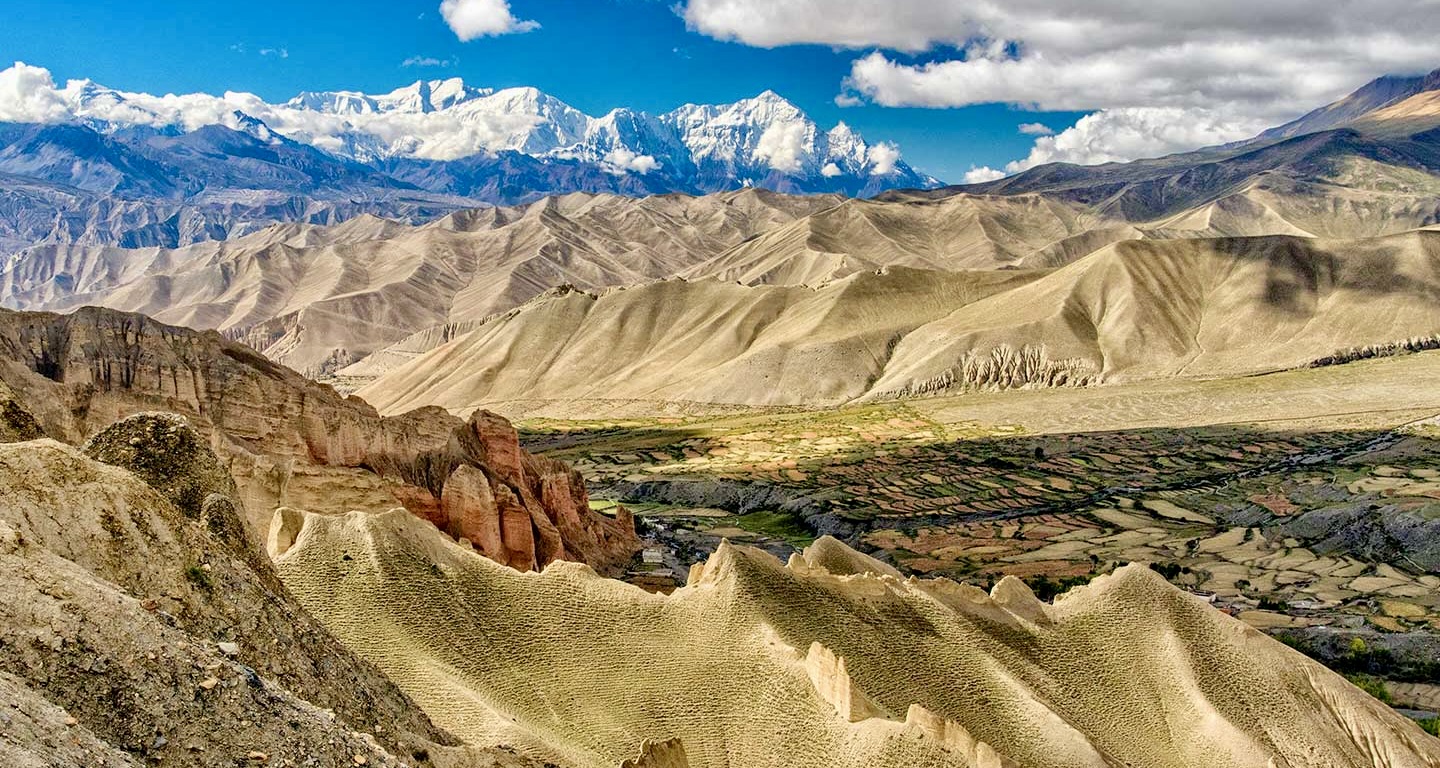
Jomsom sits in the rain shadow of the Himalayas, making it bizarrely dry and windy. The morning flights out of here are an adventure themselves! Don't miss Kagbeni, a time-capsule village where houses stack like Legos against the barren mountains. And the hot springs at Tatopani? Pure bliss for tired hiking legs.
Gosaikunda Lake Trek (5-6 days)
High-altitude alpine lakes don't get more sacred than Gosaikunda. At 4,380m, this glacial lake is believed to be Lord Shiva's home, drawing thousands of pilgrims during full moon festivals.
The trek starts in the lush forests of Langtang National Park and climbs into rocky, open landscapes that feel otherworldly. You'll pass through Sherpa and Tamang villages where traditional mountain life continues unchanged. The final push to the lake crosses the Laurebina Pass, where prayer flags snap in the wind and the views stretch all the way to Tibet.
Kalinchowk Trek (4-5 days)
This off-the-beaten-path trek delivers serious bragging rights. Kalinchowk sits at 3,842m and hosts the famous Kali temple, where devotees climb 365 steps for blessings. In winter, it transforms into Nepal's emerging ski destination, with snow blanketing the hillsides.
The trek weaves through rhododendron forests that explode with crimson flowers in spring. Villages along the way offer homestays where you'll feast on organic local produce and potent homemade raksi (rice liquor). The summit views showcase the entire Gaurishankar range, Langtang, and on clear days, even distant Everest.
Planning Your Short Nepal Trek
Best Seasons for Short Treks
Want to know a secret? Timing is everything when trekking Nepal. Fall (September-November) is pure magic – clear skies, stunning mountain views, and comfortable temperatures that hover between 15-20°C during the day. This is prime time, folks.
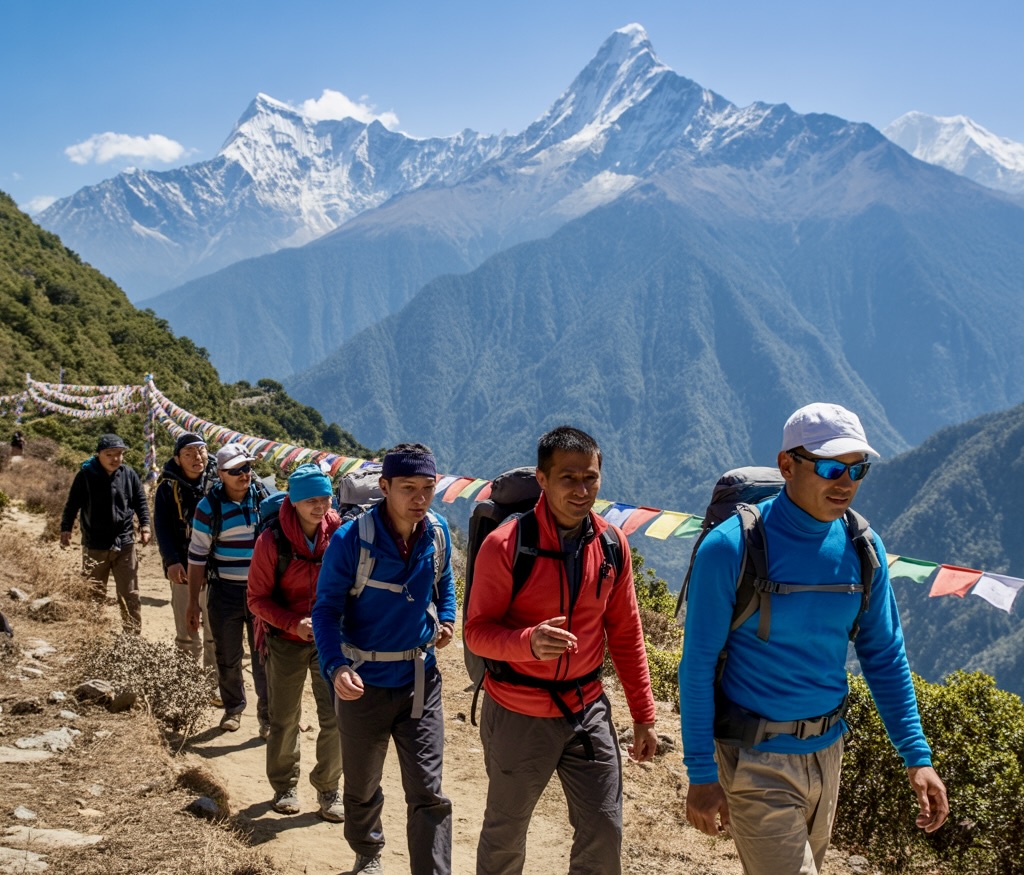
Spring (March-May) comes in as a close second. The rhododendron forests burst into a riot of reds and pinks, making those trail photos pop. The weather's stable and warm, perfect for those shorter adventures.
Winter (December-February)? Actually not bad for lower altitude treks. Fewer crowds, crystal-clear mountain views on good days, and temperatures that aren't as brutal as you might think.
Just skip monsoon season (June-August) unless you're really into leeches and mud slides. Trust me on this one.
Difficulty Levels and Physical Requirements
Not all treks are created equal. Here's the real talk:
Easy treks (Ghorepani Poon Hill, Nagarkot-Chisapani): Perfect if you can walk 4-5 hours daily on gentle terrain. Even your moderately fit friend who complains about taking the stairs can handle these.
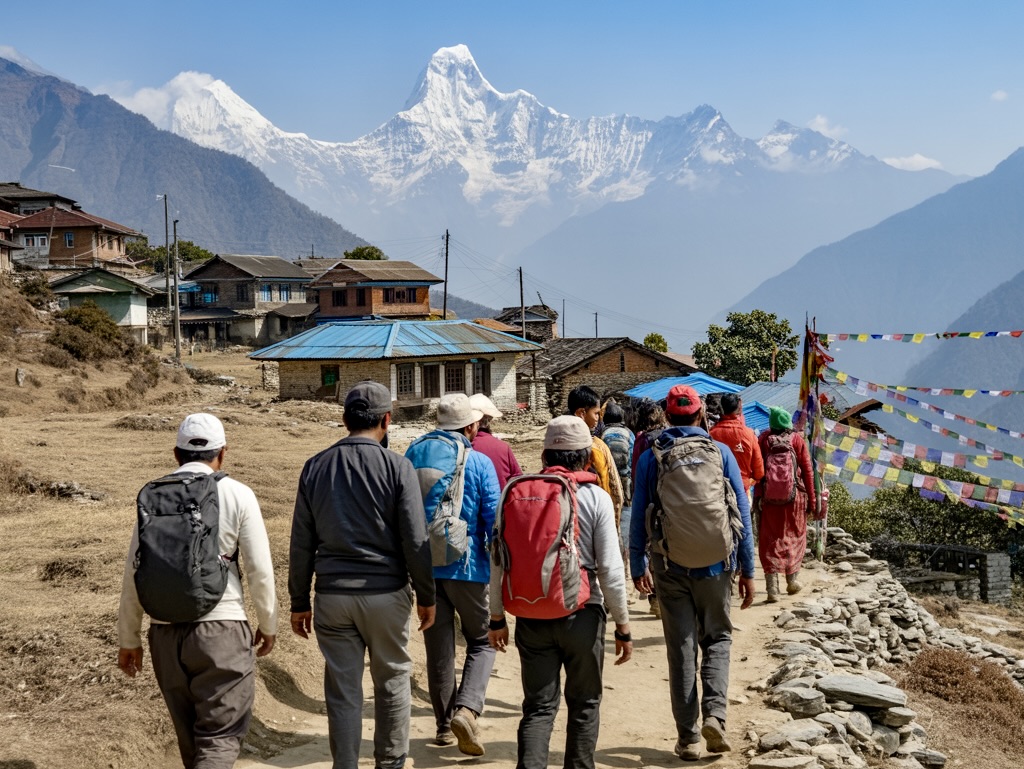
Moderate treks (Langtang Valley, Mardi Himal): You'll need decent fitness here. Think 5-6 hours daily with some challenging uphill sections that'll have your calves burning.
Challenging short treks (Annapurna Base Camp condensed): These demand solid fitness and some previous trekking experience. Expect 6-7 hours of daily hiking with significant elevation gains.
The good news? Short treks mean you can push yourself a bit harder knowing you're not in for two weeks of suffering.
Permits and Documentation Needs
Paperwork – boring but essential. Here's what you'll need:
- TIMS Card (Trekker's Information Management System): Costs about $10 for individual trekkers.
- Conservation Area Permits: Required for popular areas like Annapurna ($30) and Langtang ($20).
Some areas have special permit requirements:
|
Trekking Area |
Permits Required |
Cost (USD) |
|
Annapurna |
TIMS + ACAP |
$10 + $30 |
|
Langtang |
TIMS + LNP |
$10 + $20 |
|
Everest Region |
TIMS + Sagarmatha |
$10 + $30 |
Get these permits in Kathmandu or Pokhara before hitting the trails. Bring passport-sized photos and cash.
Accommodation Types (Teahouses vs Luxury Lodges)
Teahouses are the classic Nepal trekking experience – simple, family-run lodges where a bed costs $3-10 per night. Expect basic rooms, shared bathrooms, and common dining areas where you'll swap stories with other trekkers. The food is simple but hearty – dal bhat (lentils and rice) will become your best friend.
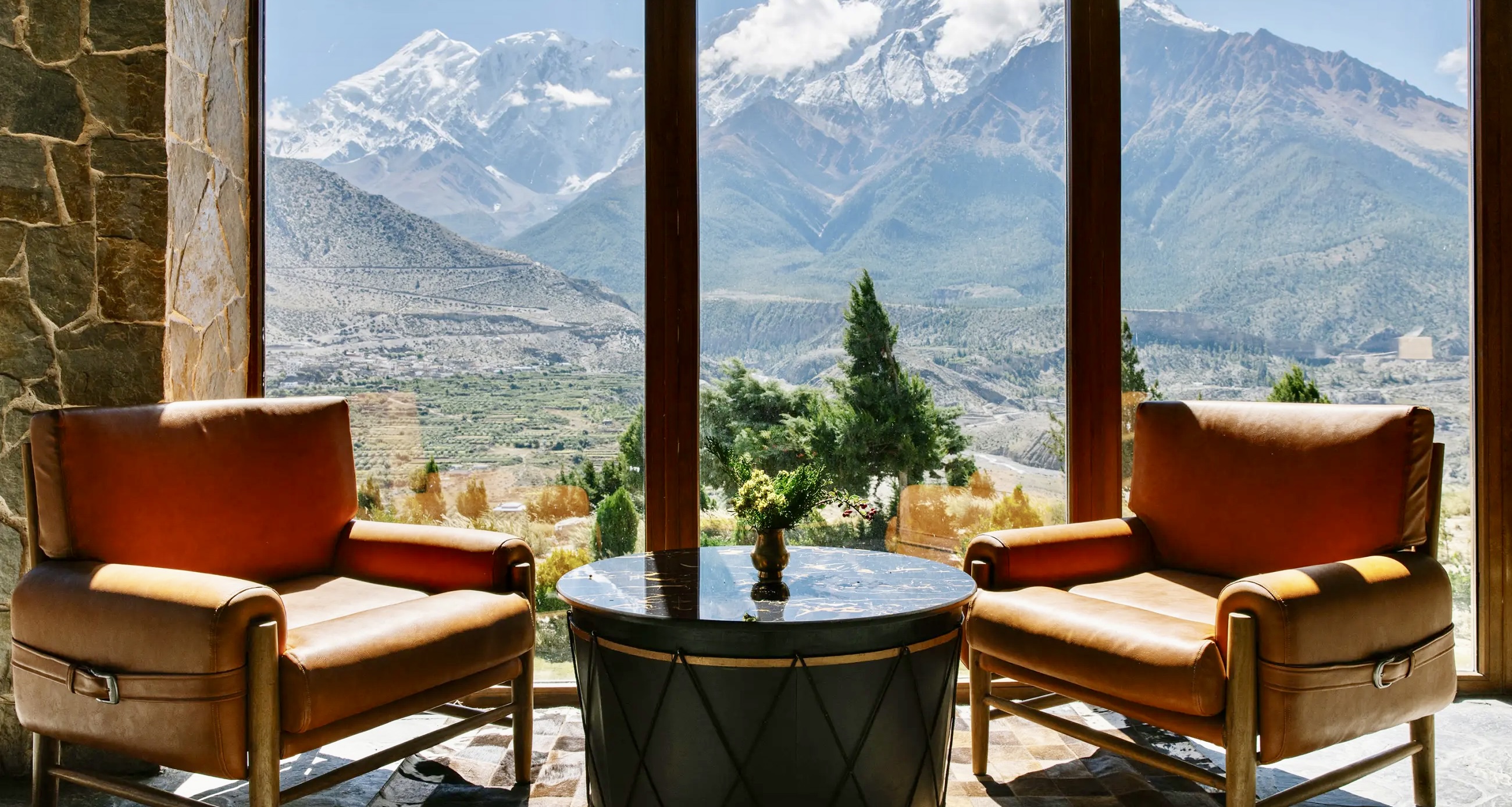
But here's something many don't realize – luxury has arrived in the Himalayas. On popular routes like Everest and Annapurna, upscale lodges offer private bathrooms, hot showers, electricity, Wi-Fi, and surprisingly good food. You'll pay $50-150 per night, but after a long day on the trail, that hot shower and real mattress feel worth every penny.
The sweet spot? Mix it up. Splurge on luxury lodges every few days to recharge, and embrace the authentic teahouse experience the rest of the time.
Enhancing Your Short Trek Experience
Combining Treks with Cultural Tours
Want the ultimate Nepal experience? Mix those mountain trails with some serious cultural immersion.
Picture this: You wake up to mountain views after a few days of trekking, then by afternoon, you're wandering through ancient temple squares. That's the beauty of Nepal – the contrasts are just minutes or hours apart.
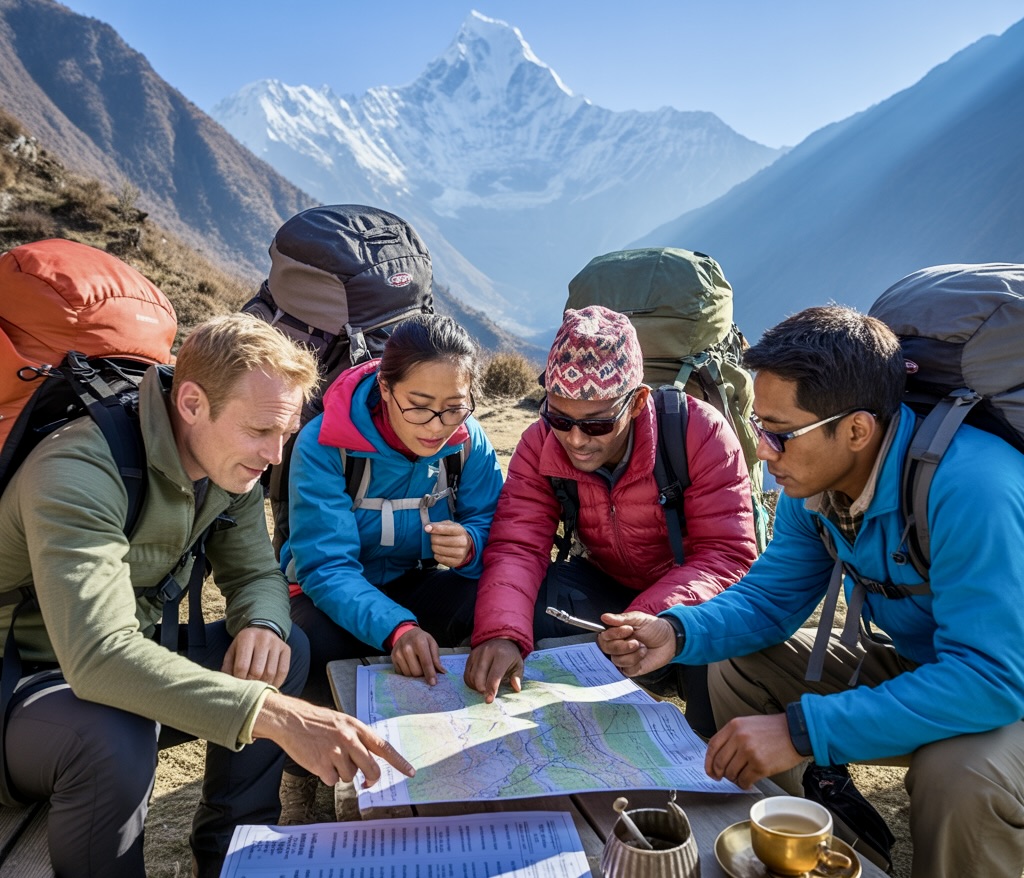
Try the classic combo of a 3-day Ghorepani trek with time in Kathmandu's UNESCO sites and Bhaktapur's medieval streets. Or pair the Nagarkot trek with Patan's incredible artisan workshops, where you can watch master craftsmen create bronze Buddhas using techniques passed down for centuries.
The real magic happens when your guide connects the dots, explaining how the mountain cultures influence city traditions and vice versa. You'll see how the same deities worshipped in remote mountain villages appear in elaborate city temples.
Don't rush this. Give yourself at least 7-10 days to really feel the rhythm of both worlds.
Adding Wildlife Safaris (Chitwan/Bardia)
Tired legs after trekking deserve some downtime – but who says downtime can't involve rhinos and tigers?
Chitwan National Park is just a 5-hour drive from Kathmandu and transforms your Nepal experience completely. One day you're hiking Himalayan foothills, the next you're on an elephant's back searching for greater one-horned rhinos.
For the true wildlife enthusiasts, Bardia National Park in the west offers a more raw, less-visited alternative with better tiger-spotting odds. The contrast between trekking cool mountain air and then sweating in the jungle searching for sloth bears and leopards makes for one epic vacation story.
Most jungle lodges offer 2-3 day packages that include:
- Jeep safaris
- Canoe rides spotting crocodiles
- Cultural visits to Tharu villages
- Jungle walks with naturalist guides
Helicopter Return Options
Trekking up is amazing. Trekking down? Sometimes it's just retracing your steps.
Smart travelers are now booking one-way helicopter returns from popular trekking destinations like Namche Bazaar or Gokyo. Yes, it costs more (around $500-1000 per person), but the aerial views of the same terrain you just conquered on foot? Absolutely priceless.
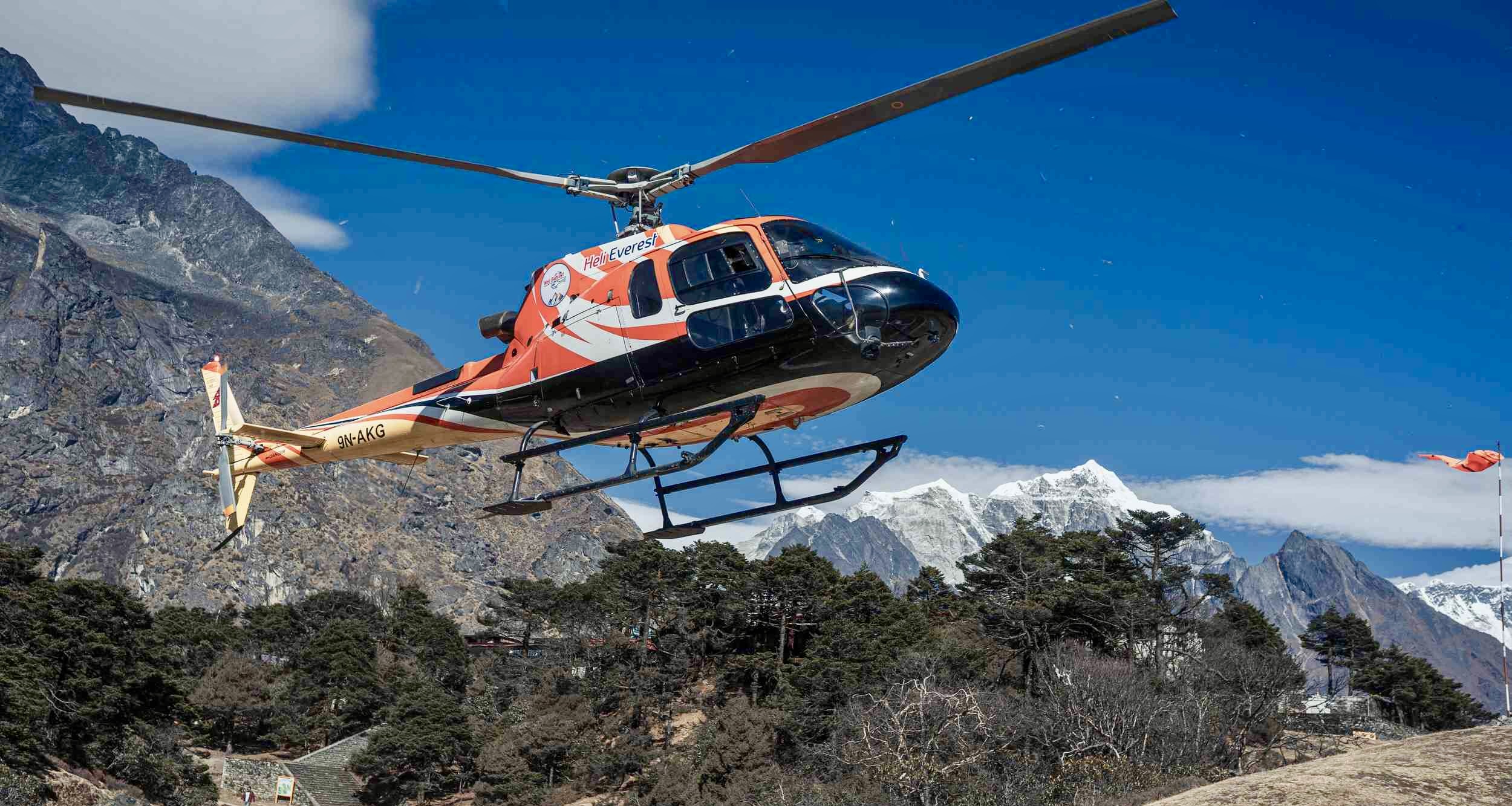
The Everest Base Camp trek particularly benefits from this option. After reaching EBC, hop on a helicopter from Gorak Shep or Kala Patthar and be back in Kathmandu for a hot shower and cocktails by lunchtime.
Besides the wow factor, helicopter returns give you:
- Extra days to explore other parts of Nepal
- Less strain on tired knees
- Spectacular photo opportunities
- A different perspective of the landscape
Yoga and Wellness Trek Packages
The Himalayas have drawn spiritual seekers for millennia. Now, specialized treks combine daily hiking with yoga and meditation practices.
Imagine starting each morning with sun salutations overlooking snow-capped peaks, then hiking for 4-5 hours before ending the day with guided meditation and restorative yoga. These specialized packages typically include certified yoga instructors who adapt practices to accommodate trekking-tired muscles.
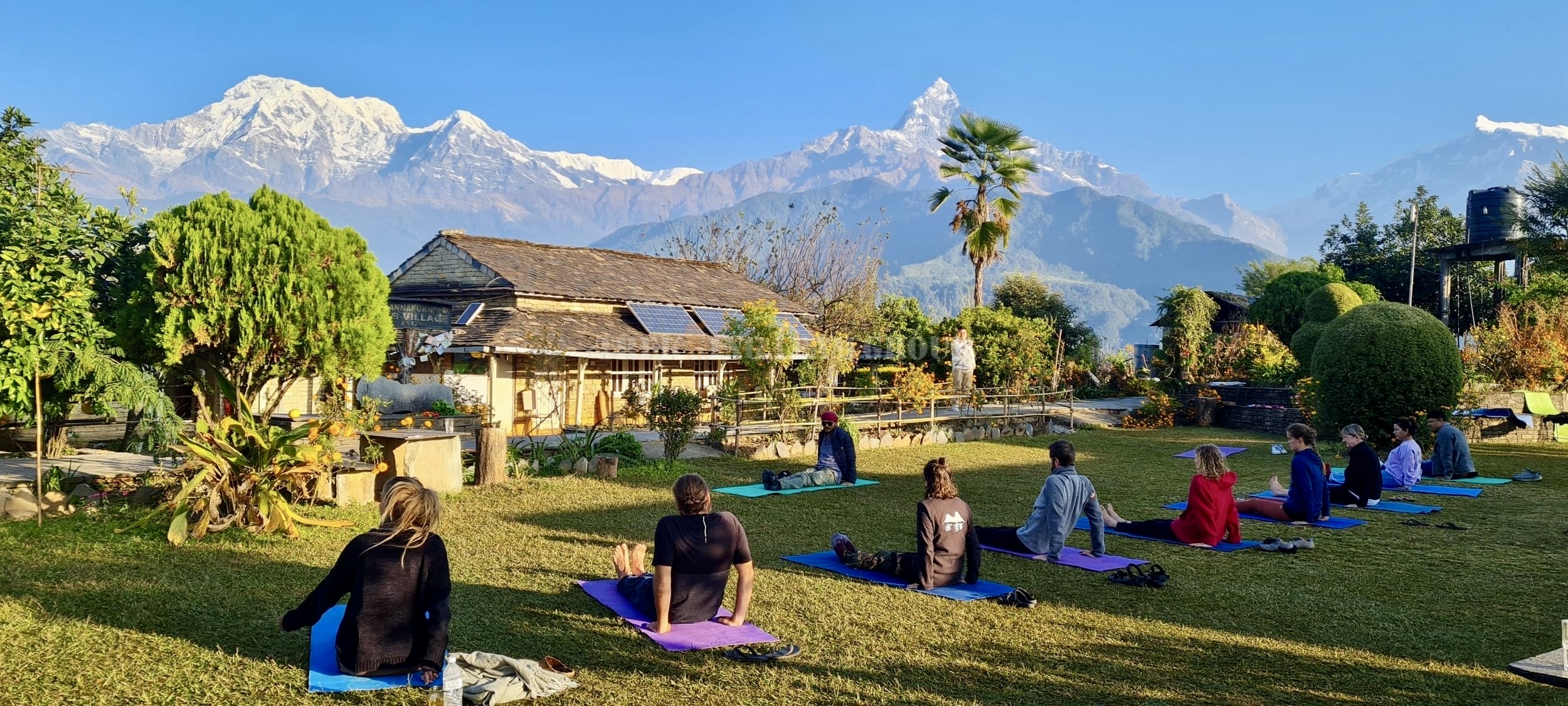
Popular yoga trek routes include the lower Annapurna regions and Nagarkot-Chisapani area, where more comfortable accommodation allows for proper rest between practices.
The best part? You'll return home not just with photos and souvenirs, but with wellness techniques you can continue practicing to recall that mountain serenity long after you've left Nepal.
Luxury Options for Short Nepal Treks
Premium Accommodation Choices
Think Nepal trekking means roughing it in basic teahouses? Not anymore.
Luxury lodges like Ker & Downey's Mountain Lodges offer private en-suite bathrooms, hot showers, and Egyptian cotton sheets at elevations where you'd typically expect bare necessities. Around Annapurna and Everest, these boutique properties blend traditional Nepali architecture with modern comforts.
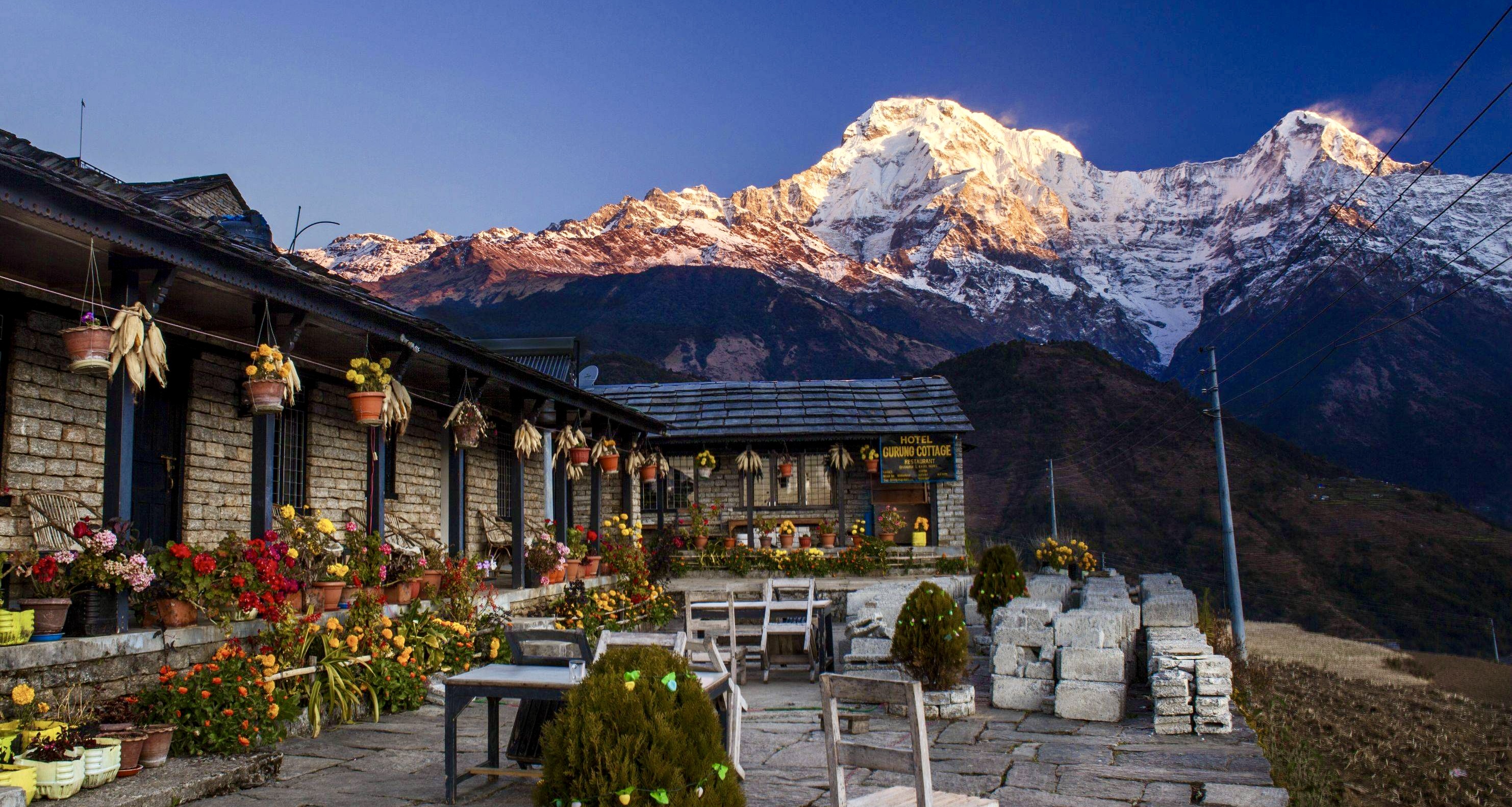
For truly extravagant experiences, helicopter-accessed luxury camps pop up in remote locations, complete with heated tents, personal chefs, and even spa services. Imagine soaking in a hot tub with uninterrupted Himalayan views after your trek!
Private Guide and Porter Services
What is the difference between standard and luxury trekking? Your team.
Premium services pair you with highly experienced guides – often with decades of mountain knowledge, perfect English, and emergency medical training. Many are accomplished mountaineers themselves.
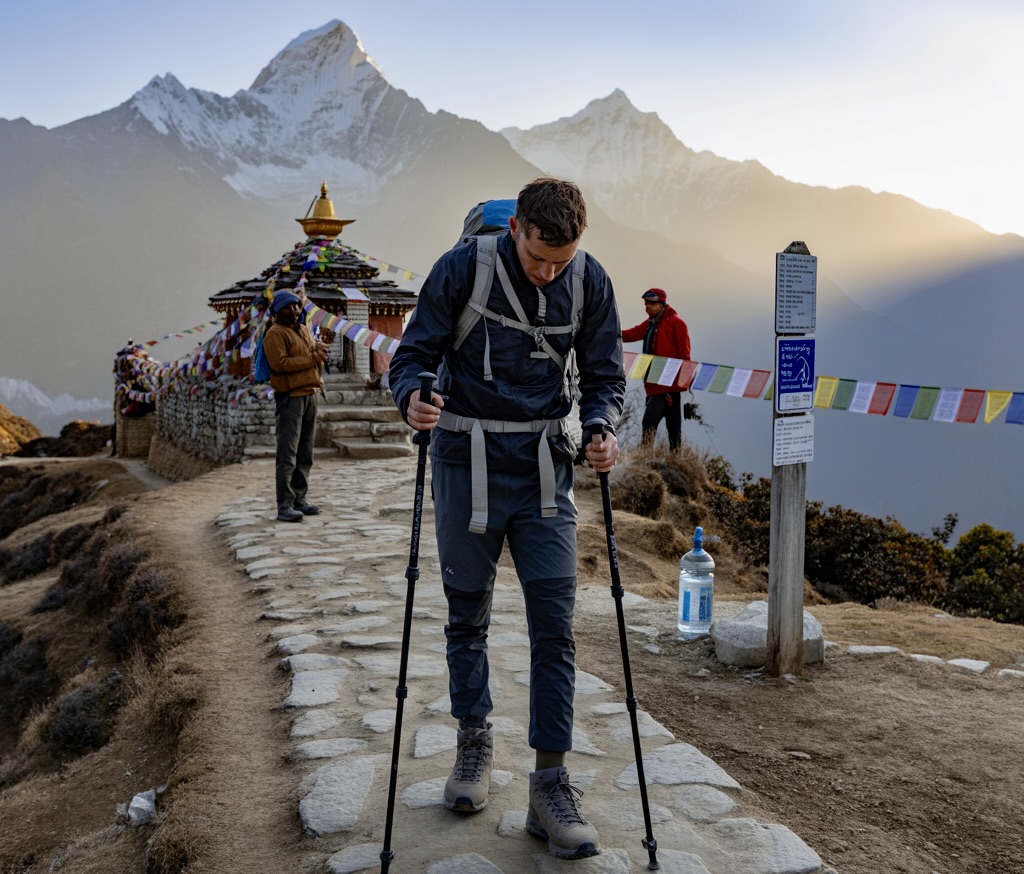
Your private porter team handles everything, sometimes at a 2:1 porter-to-guest ratio. They'll race ahead to prepare hot towels and tea upon your arrival at each stop.
Gourmet Dining Experiences
Standard trek food gets repetitive fast. Luxury treks? Culinary adventures.
Private chefs create fusion menus combining Nepali flavors with international techniques. Think morel mushrooms foraged that morning in a risotto, or yak cheese soufflés.
Some packages include cooking demonstrations from local families or monastery cooks – exclusive cultural exchanges through food.
Exclusive Cultural Access and Activities
Money buys access in Nepal.
Premium itineraries include private blessing ceremonies with senior Buddhist monks, meditation sessions in ancient monasteries typically closed to visitors, and intimate performances of traditional music in local homes.
After trekking hours, enjoy massages, yoga sessions with panoramic views, or photography workshops with professional guides who know precisely when and where to capture that perfect Himalayan sunset.
Practical Considerations
Budget Planning and Costs
Getting real about money - Nepal can be surprisingly affordable or totally lavish depending on your choices. Here's what to expect:
Accommodation:
- Budget (teahouses/hostels): $5-15/night
- Mid-range hotels: $30-70/night
- Luxury options: $100-300+/night
Food:
- Local meals: $2-5
- Tourist restaurants: $7-15
- High-end dining: $20+
Trekking Costs:
- Guide fees: $25-35/day
- Porter charges: $15-25/day
- Permits: $20-50 depending on region
City-Trek Combo Budget Guide:
|
Comfort Level |
10-Day Budget (USD) |
|
Backpacker |
$500-700 |
|
Mid-range |
$1,000-1,500 |
|
Luxury |
$2,500+ |
Don't forget to include tips (10-15% is standard) and buffer money for unexpected expenses or those irresistible handicrafts.
Transportation Options
Moving between Nepal's cities and trailheads doesn't have to be complicated:
Between Cities:
- Tourist buses: Cheap ($5-15) but can be crowded and slow
- Private car/taxi: $50-100 between major cities, but way more comfortable
- Domestic flights: $100-200 one-way but save DAYS of travel time
To Trailheads:
- Jeeps/4WD vehicles: Essential for reaching remote starting points
- Shared jeeps: Budget-friendly at $5-15 per person
- Private jeeps: $50-100 for the vehicle
City Transport:
- Taxis: Start at $2-3 for short rides
- Ride-sharing apps: Available in Kathmandu, often cheaper than negotiating
- Rickshaws: Fun for short city trips ($1-2)
Pro tip: Book domestic flights early – they fill up fast during peak seasons, and the mountain views are worth the window seat!
Essential Packing Recommendations
Packing for a city-trek combo is tricky - you need both urban essentials and mountain gear.
Absolute Must-Haves:
- Broken-in hiking boots (not fresh out of the box!)
- Layerable clothing (think onion strategy)
- Quality daypack with rain cover
- Refillable water bottle with filter
- Portable power bank (charging opportunities are limited on treks)
Trek-Specific Gear:
- Moisture-wicking base layers
- Warm mid-layer (fleece or down)
- Waterproof/windproof outer layer
- Sun protection (hat, sunglasses, high SPF sunscreen)
- Headlamp with extra batteries
City Essentials:
- Comfortable walking shoes
- Modest clothing for temple visits
- Dust mask or bandana (Kathmandu can be dusty!)
- Hand sanitizer and toilet paper
Skip bringing sleeping bags for standard teahouse treks – most provide blankets. If you're germophobic, a sleeping bag liner works great. And leave space in your bag for souvenirs!
Safety and Health Precautions
The combo of cities and trails comes with different health considerations.
Before You Go:
- Get travel insurance that covers high-altitude evacuation
- Visit a travel clinic at least 6 weeks before departure
- Standard vaccinations plus hepatitis A, typhoid, and possibly rabies
Altitude Sickness Prevention:
- Follow the "climb high, sleep low" rule
- Ascend no more than 300-500m per day once above 3,000m
- Stay hydrated (aim for 3-4 liters daily)
- Know the symptoms: headache, nausea, dizziness, fatigue
Food and Water Safety:
- Stick to bottled or purified water (even for teeth brushing)
- Hot, freshly cooked food is safest
- "Boil it, cook it, peel it, or forget it"
Emergency Contacts:
- Save your embassy's contact information
- Keep your guide's phone number handy
- Pre-research clinics in major cities (CIWEC in Kathmandu is excellent)
Many trekkers worry about altitude sickness, but it's totally manageable if you don't rush. Listen to your body, communicate with your guide, and don't let a tight schedule push you beyond what's safe.
The Perfect Balance: Nepal's Cities and Trails
Nepal offers a unique opportunity to experience both vibrant cultural centers and breathtaking mountain trails without committing to lengthy expeditions. Whether you're exploring the ancient sites of Kathmandu Valley before heading to the Annapurna foothills, or combining the lakeside charm of Pokhara with a Poon Hill trek, these carefully curated itineraries provide the perfect balance. Regional gems like the Langtang Valley and Everest View treks allow travelers to experience diverse landscapes and cultures in just a few days.

For those seeking elevated experiences, Nepal's luxury trekking options have evolved significantly, offering comfortable lodges, gourmet meals, and expert guides that transform a challenging trek into a refined adventure. Remember to plan according to the season, pack strategically, and respect local customs as you explore this magnificent country. With proper preparation and an open heart, even a short Nepal trek can become a transformative journey that combines cultural immersion with natural splendor.
Contact Luxury Holidays Nepal to craft your perfect Nepalese journey today.
If you need any further information, please contact us by email: [email protected], Phone: +977- 985 100 5129 (WhatsApp).

